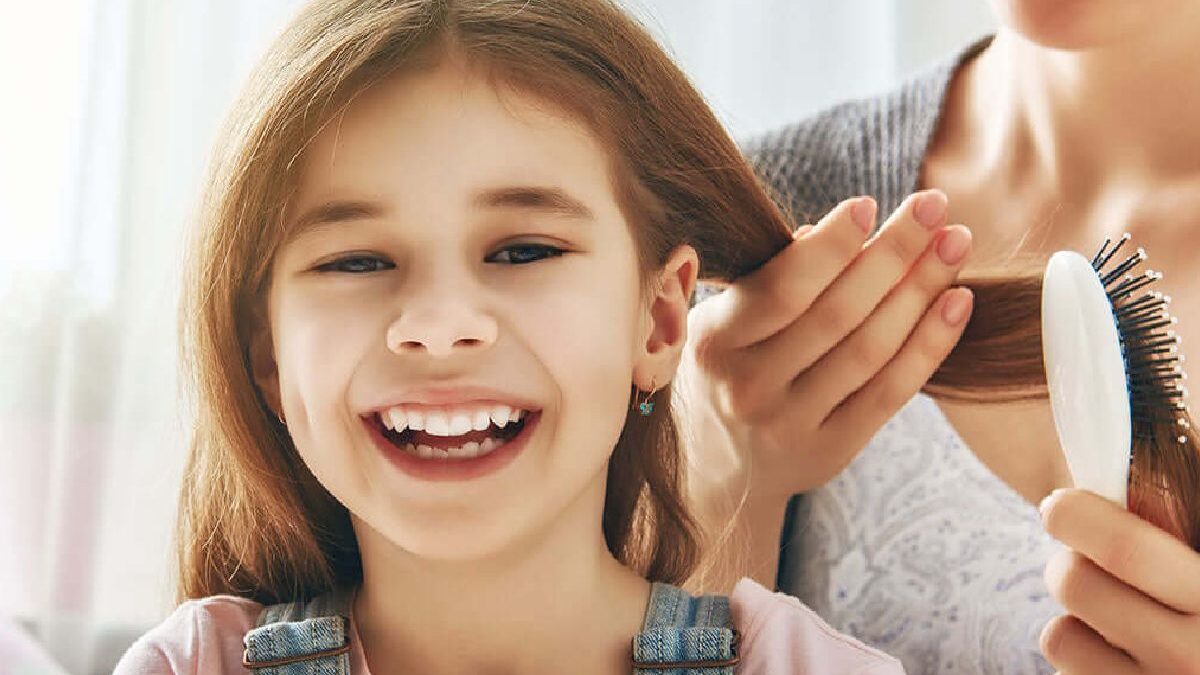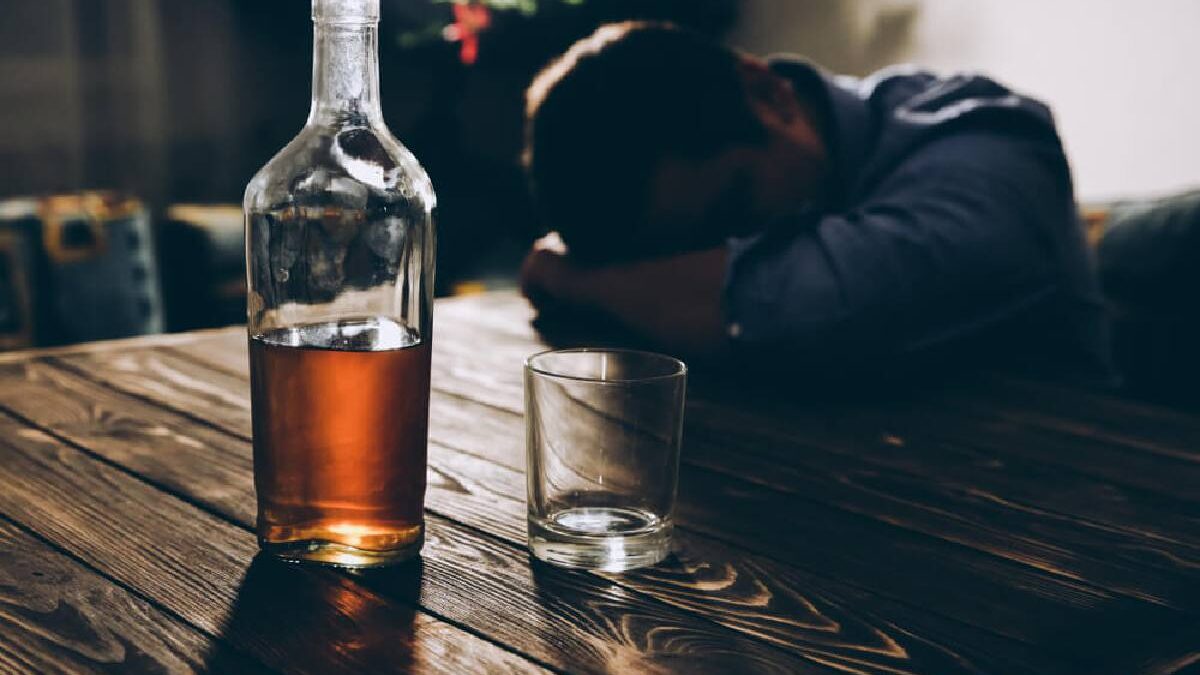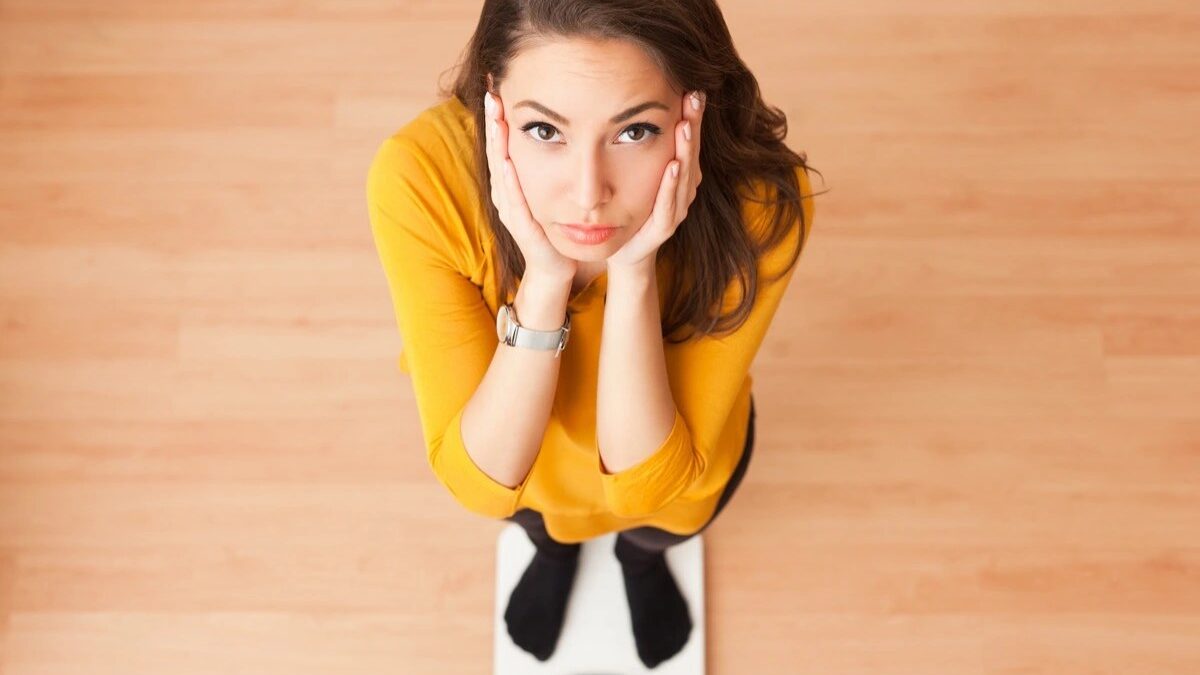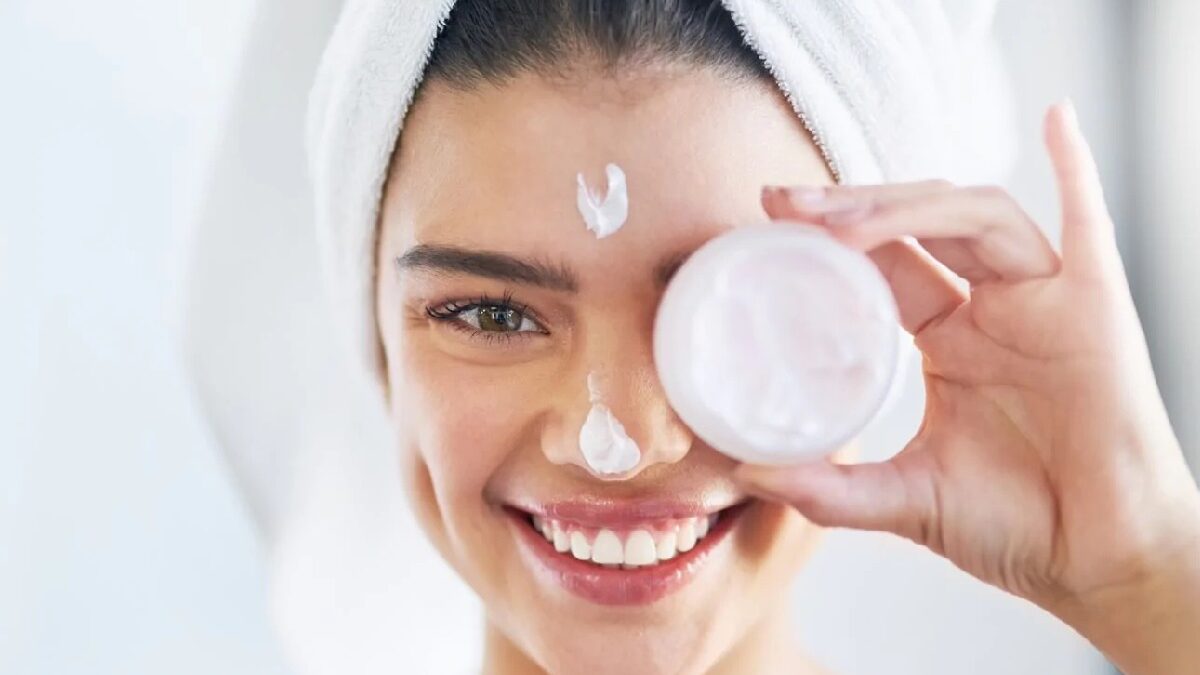
Each year, millions are infected by head lice. The problem of head lice is a common one amongst schoolchildren. Head lice are tiny insects that attach to hair and feed off human blood. It’s only natural that you will be upset if your child is diagnosed with head lice. You might worry about your child’s hair if you suspect that there are small parasites.
If you have a child under the age of five, lice are more likely to invade your home. You could have lice without knowing it. The eggs of lice or nits may be difficult to detect and not initially itch.
It isn’t always possible to keep these mites away, but by using lice treatment near me and taking some simple precautions you can reduce your risk.
What are head lice?
Head lice are tiny crawling insects which live in the hair of a person. The lice feed off the blood that drains from your scalp, and they deposit eggs known as nits on the exposed hair and skin.
Head lice is also known as pediculosis. Head lice is characterized by itching, especially on the neck, back of the head and around the ears.
Sleep disturbances can be caused by head lice. Itching your scalp can lead to skin breakage and infection.
To prevent the spread of lice, it is important to contact Fort Wayne lice treatment professionals in case you have an infection.
How can one develop head lice?
Head lice is spread by insects which travel directly from one person to another or by sharing objects like combs, brushes and hats.
Poor hygiene is not the cause of head lice. Head lice are not able to fly or leap. They spread through close contact and crawling. Head lice are not uncommonly transmitted by personal items such as bedding, towels, headgear, and hairbrushes.
Head lice can be diagnosed by visual examination. You may find microscopic nits on the hair shafts of your child’s scalp if you pay attention to their hair.
How to Prevent Head Lice
Find out the cause of head lice before you start treatment. Avoiding personal contact with someone who has lice is the easiest way to prevent lice.
You should also treat all members of your household who may have been in contact with lice.
Teach your children to be aware of head lice. Tell them to avoid playing with other people’s heads and to not share their hats and other headwear.
You can prevent head lice from spreading by washing your clothing, bedding and other materials in hot, soapy water, then drying them on the hot cycle of the dryer. You can store something in a bag for up to two weeks if you are unable to wash or dry it. Soak hairbrushes or combs in hot water up to 10 mins after using them. Vacuum your home, including around any furniture and areas where you think a head-lice sufferer may have played or sat.
You can treat head lice in Chattanooga as soon as the infestation gets out of control.
How to Treat Head Lice
Head lice can be treated with non-prescription, over-the-counter, or prescription medications, including shampoos, conditioners, and lotions.
Some of these medicines are packaged with a small, fine-toothed comb. Separately, you can purchase combs that remove lice or devices similar to combs.
Montgomery lice removal recommends that you discuss the recommended treatments with your child’s doctor or pharmacist, based on their age and weight.
Only adults should administer treatments to minors.
Nonprescription medications
Ivermectin
Ivermectin is poisonous to lice. The lotion is suitable for children and adults aged 6 months or older. Apply it to your hair once and then wash it off after 10 minutes.
Permethrin
Permethrin (pyrethrin) is a synthetic version of pyrethrin. This is a chemical molecule derived from chrysanthemum flowers that is toxic to lice. Before applying permethrin, wash your child’s head with shampoo and not conditioner.
To help dissolve the adhesive which adheres the nits on the hair shafts, rinse your hair with vinegar before shampooing. The packaging will tell you how long to leave the medication in your hair. Rinse your child’s head with warm water in a sink.
You must repeat the treatment between 9 and 10 days following the first application. Side effects include irritation and redness of the scalp.
Prescription Medication
In several areas, lice have developed resistance to nonprescription medications. Nonprescription treatment can also fail because of improper use, such as not repeating the treatment at the correct time.
Your doctor may prescribe a prescription drug if the nonprescription treatment fails.
Malathion
Malathion can be used by adults and children older than two years. After applying the cream, allow it to dry naturally for 8-12 hours before washing away.
Due to the high alcohol content in the medication, it is not recommended that you use it with a hairdryer or close to an open flame. Malathion may be applied again 7 to 9 days after the initial treatment if necessary.
Ivermectin
Ivermectin can also be purchased as a pill that is taken orally in addition to the lotion. Children weighing over 33 pounds can receive topical treatment if other treatments do not work.
Spinosad
Spinosad can be used by adults and children from 6 months upwards. Apply it to dry hair, and then rinse with warm water after 10 minutes. It kills lice and nits, and is not usually necessary to repeat the treatment.
Great Neck lice treatment can provide you with more information about head lice and how to get rid of them.
The conclusion of the article is:
Lice are likely to be a problem if you have small children or if your environment contains them. These little parasites cause discomfort. Do not worry about this.
You should take every measure to eliminate lice. Fortunately, thanks to the development of medicine, there are many different ways to rid yourself of lice.













